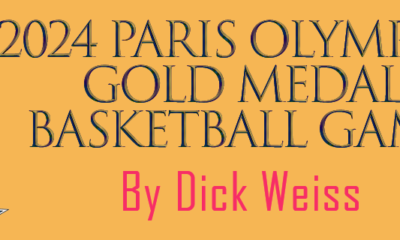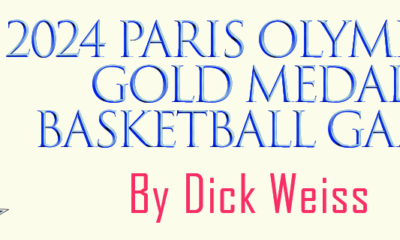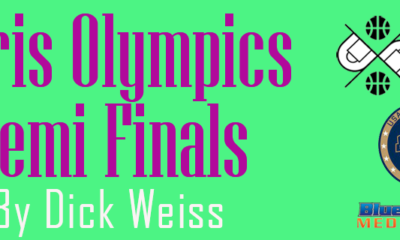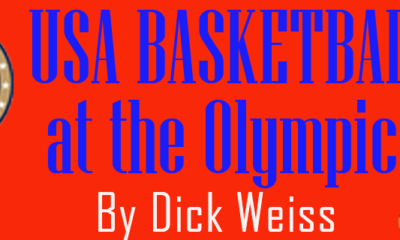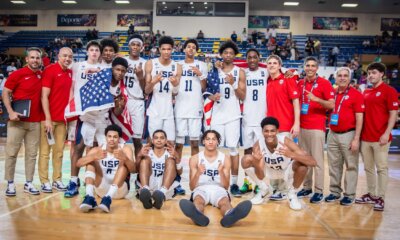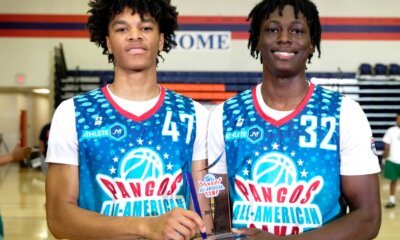When the O’Bannon vs. the NCAA anti-trust case was in its pre-trial stages, Ed O’Bannon, the former UCLA All American forward who is the chief plaintiff, spoke about limiting compensation to former players, but during his testimony in Oakland Monday, he shifted the dialogue to current athletes and focused on TV revenue. “They should be paid,” he testified. “With the all the money bringing in, they should be compensated.”
The NCAA offered a strong indication as to what it’s strategy will be when it informed the judge in the case that settlement between video maker eletronic Arts and a separate group of former players had been settled for $20 million Monday before the case began.
In effect, the NCAA’s position is that the names, likeness and images issue had been decided and the case should now be about whether players should be paid for live broadcasts and rebroadcasts. The NCAA now will apparently attempt take the position that the players do not have any legal authority because they do not create college football or basketball games or control the stadiums where they are played or and they have no rights to sell the product to a TV network.
The NCAA is relying on previous legal rulings enacted in 13 states that prevent players from collecting on broardcasts of their games. The states include Texas, Oklahoma, Tennessee, Indiana and Pennsylvania, where college football taken seriously.
The NCAA’s chief attorney Glenn Pomerantz also pushed O’Bannon into saying that Little League players should be paid if their games are on television in an effort to show just how far reaching a ruling in favor of allowing college players to be paid could become.
NCAA attorneys will continue to cross examine of O’Bannon Tuesday..
— Dick Weiss
